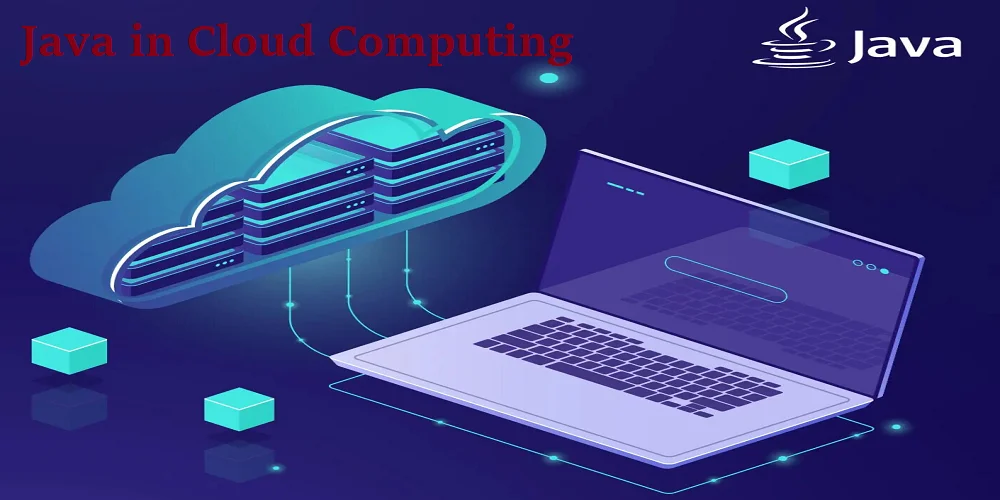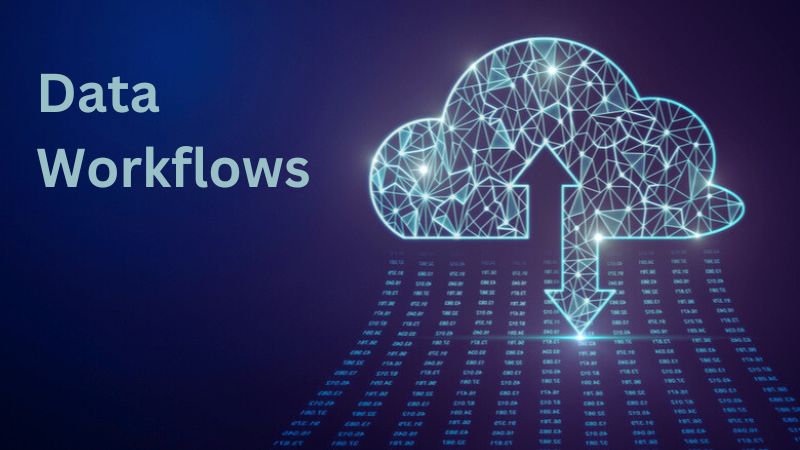For businesses of all sizes, effective cost management is essential in today’s cloud-centric business environment. Although cloud services are scalable and flexible, controlling and minimizing expenses is a major problem they provide. Granular Billing optimization is a technique that reduces waste and increases resource efficiency by thoroughly examining cloud expenditures, including aspects like data warehouse consulting to manage data storage costs effectively.. Businesses may obtain insights into their cloud use habits and in-point opportunities for cost reduction by utilizing sophisticated tactics and technologies. This article examines granular billing optimization approaches for cloud services to better control and optimize cloud expenditures.
1. Understanding Cloud Billing
Cloud billing may be complicated because cloud settings are dynamic. After all, rates depend on several variables, including data transit, storage capacity, and processing power. By breaking down these expenses as much as possible, granular billing optimization helps businesses identify certain areas where they might be able to save money.
2. Key Concept in Granular Billing
Before delving into optimization strategies, it’s critical to comprehend a few fundamental ideas that support granular billing:
- Resource Utilization – Optimization starts with an understanding of the resources being used and how they are being used. This covers networking resources, storage capacities, and computing instances.
- Cost Allocation Tag – Cloud resources can have labels put to them called tags, which help you efficiently manage and classify expenses. Applications, divisions, or projects can be linked to tags.
- Rightsizing – This means modifying resources to match the amount of labor. While inadequate resources may affect performance, oversized resources might result in wasteful spending.
3. Techniques for Granular Billing Optimization
3.1 Cost Allocation and Tagging Strategy
Tags for cost allocation are an effective way to optimize invoicing at the granular level. Resources can be categorized according to departments, projects, or functions, allowing for extremely detailed cost analysis. For example:
- Defined Standardized Tags – Establish a uniform tagging policy for your whole business to prevent misunderstanding. Tags should not be unduly complex, but they should be detailed enough to provide insights.
- Automate Tagging – You can make sure that every resource is properly labeled when it is created by using automated tools. This lowers the possibility that untagged resources may get overlooked.
- Monitor and Enforce Tag Compliance – Reassess your tagging plan regularly and enforce compliance to keep constant visibility over your cloud expenditures.
3.2 Rightsizing Resources
Overprovisioned resources are a major cause of wasted cloud expenses. Reconfiguring resource settings to more closely match actual consumption is known as rightsizing. Among the methods for rightsizing are:’
- Utilize Cloud Provider Recommendations – Most cloud providers offer built-in recommendations for rightsizing resources based on usage patterns.
- Analyze Historical Usage Data – Analyze past use trends to determine average and peak consumption. Instance decisions resizing can be influenced by this data.
3.3 Implement Reserved Instances and Saving Plans
With Savings Plans and Reserved Instances (RIs), you may guarantee a minimum consumption level in exchange for a cheaper charge. Compared to on-demand pricing, these choices can result in considerable cost savings.
- Analyze Usage Trends – To maximize savings, analyze your usage trends to determine which resources can be reserved with confidence.
- Choose the Right Term and Payment Option – Usually, Reserved Instances have periods of one or three years. Based on your projected demands and budget, consider the term duration and available payment alternatives
- Monitor Utilization of Reserved Instances – Make sure you’re making effective use of the instances you’ve reserved. Any potential savings are offset by wasted spending caused by underutilized RIs.
3.4 Optimize Data Storage Costs
Spending on the cloud may include a sizable amount of data storage. Careful management of data storage types and lifecycle strategies is necessary to optimize storage costs.
- Use Appropriate Storage Classes – Different storage classes are offered by cloud consulting service providers, each suited for certain use cases. For archival storage, AWS provides S3 Standard, S3 Infrequent Access, and Glacier.
- Implement Lifecycle Policies – Move data across storage types automatically according to access patterns. Data that is rarely accessed, for instance, might be transferred to less expensive, rarely used storage types.
- Identify and Delete Unused Data – To cut expenses, periodically review the data that has been retained and remove any files that are superfluous or redundant.
3.5 Employ Automated Cost Management Tools
Granular billing optimization may be greatly improved by automated solutions that offer ongoing insights and suggestions.
- Use Cloud Provider Tools – The majority of cloud service providers include integrated cost management solutions, such as Google Cloud’s Billing Reports, Azure Cost Management, and Amazon Cost Explorer.
- Implement Third Party Solution – Predictive analytics and personalized reporting are only two of the sophisticated capabilities offered by programs like Cloud Health, Cloud Checker, and Cloud Ability.
- Set Budget and Alerts – Set up expenditure criteria and set up alerts to warn you when spending exceeds budgetary constraints or when strange spending patterns occur.
3.6 Resource Tagging and Labeling
One of the best methods for granular billing optimization is tagging. Resources like virtual machines, databases, and storage units may be given unique metadata tags, allowing businesses to classify and monitor expenses by workload, project, department, or environment. By ensuring that each team or project manager is responsible for their share of cloud expenses, tagging makes it easier to identify areas where possible savings might be made. An organization may, for example, categorize resources according to divisions such as “Marketing,” “Sales,” or “R&D.” Finance teams may analyze the cloud bill by these tags at the end of each month to see which department is spending the most money and why. In addition to establishing responsibility, this streamlines cost distribution and makes it simpler to spot instances of excessive, insufficient, or even malicious usage of cloud resources.
- Define a Tagging Strategy – Specify a common set of tags and implement tagging guidelines.
- Automate Tagging – Resources can be automatically tagged as they are generated by using scripts or automation tools.
- Regular Audits – Do routine audits to find any untagged or incorrectly tagged resources.
3.7 Implement Reserved Instances and Savings Plan
With Savings Plans and Reserved Instances (RIs), you may guarantee a minimum consumption level in exchange for a cheaper charge. Compared to on-demand pricing, these choices can result in considerable cost savings.
- Analyze Usage Trends – Examine your consumption patterns to identify which resources may be safely conserved to optimize savings.
- Choose the Right Term and Payment Option – Usually, Reserved Instances have periods of one or three years. Based on your projected demands and budget, consider the term duration and available payment alternatives.
- Monitor Utilization of Reserved Instances – Make sure you’re making effective use of the instances you’ve reserved. Any potential savings are offset by wasted spending caused by underutilized RIs.
3.8 Implementing Data Lifecycle Policies
A significant portion of cloud costs is related to data storage, particularly for big businesses that amass vast volumes of data over time. Organizations may transfer seldom-used data to less expensive storage tiers like Amazon S3 Glacier or Azure Archive Storage by using data lifecycle rules. Businesses may reduce expenses without sacrificing the necessity for data preservation by allocating data storage according to consumption trends. An organization can set up rules to transfer older, infrequently used data from hot storage to cold storage, for example. The slower access rates that come with cold storage aren’t a big deal because this data may only be accessed occasionally.
- Classify Data – Sort data according to regulatory standards, retention demands, and frequency of access.
- Implement Automated Tiering – To transfer data automatically across storage types, use cloud-native techniques.
- Regular Review of Data Policies – Review policies regularly to make sure they still reflect use trends.
4. Tracking Progress and Continuous Optimization
Optimizing granular billing is a continual process that has to be continuously observed and adjusted. By establishing frequent review cycles, you can monitor your progress and make adjustments as your company needs change. Keeping up with emerging cloud services and price structures might also lead to new cost-saving options.
- Schedule Regular Audits – To find opportunities for improvement, periodically analyze your billing bills and cloud infrastructure.
- Adjust Strategies Based on Usage Patterns – Make necessary adjustments to your optimization tactics as your business demands change. For instance, you should reassess your auto-scaling options if you expect a rise in traffic.
- Stay Updated on Cloud Provider Changes – Cloud service companies often modify their offerings and cost structures. You can take advantage of fresh chances to save money if you stay informed.
5. Conclusion
Optimal granular billing is essential to efficient cloud cost management. Organizations may drastically cut down on cloud expenses by putting into practice a complete strategy that incorporates cost allocation, rightsizing, reserved instances, Spot Instances, storage optimization, and network traffic control. Long-term success mostly depends on utilizing automation technologies and remaining proactive by conducting frequent evaluations. Continuous optimization is still necessary as cloud environments develop to maximize the return on cloud expenditures. By using these strategies, companies may ensure sustainable development in the cloud by finding a balance between cost reductions and operational effectiveness.
Read more:



